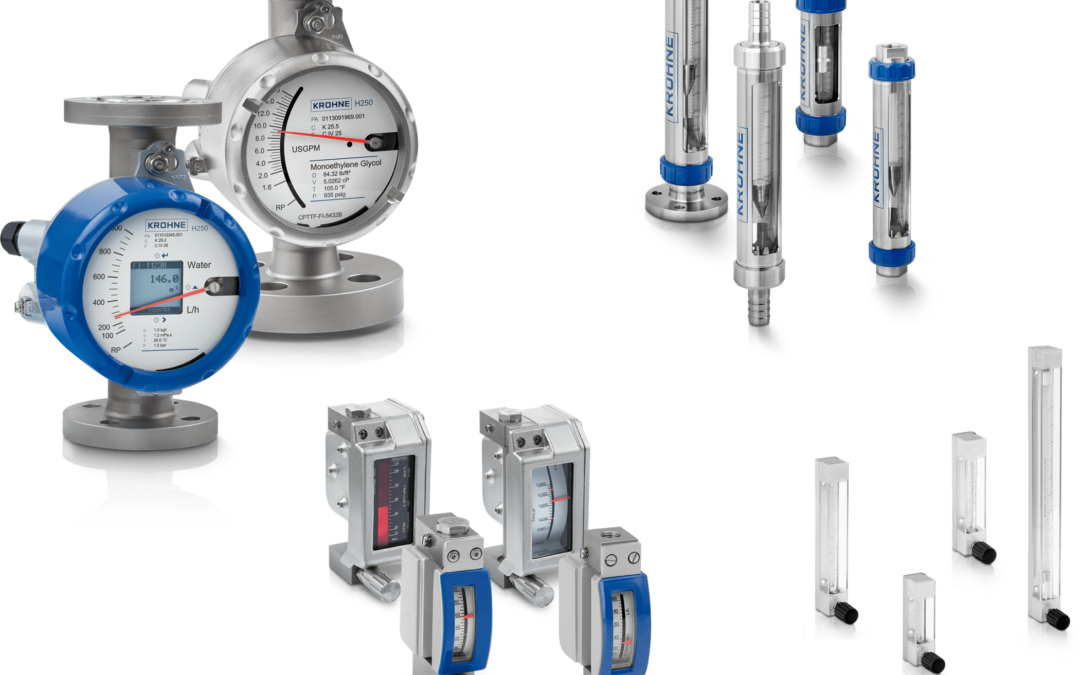A rotameter is a device that monitors the pace at which liquid or gas flows through a closed tube or pipe. Pump flow rates may be measured accurately and reliably using rotameters.
These secondary calibration standards can produce precise and consistent measurements of pump flow rates if they are regularly calibrated to a primary calibration standard. Rotameters are small, lightweight, robust, and portable devices available in various flow ranges to accommodate a broad range of air sampling needs.
- Scales that are simple to read
- Rugged and easily transportable
- Low-priced
It is possible to purchase two different versions of rotameters, which are as follows:
They are equipped with a stand and a scale that measures in millimeters (mm). With panel mounting options, the Field Rotameters are intended for usage in the field.
It is, also known as a variable area flow meter. Scales in mass flow units may be used when multiplying a given density by a volume flow rate. Other scales are available, such as in dimension units (mm) or %.
When all of the forces acting on an indication are equal, the indicator floats at a constant value. The primary forces acting on the float are the weight of the float (which is pulling it downward) and the drag force of the fluid (upward).
The difference in pressure over the float and the buoyancy force of the displaced fluid, which rises with pressure, are two additional factors to consider. When the float is in static equilibrium, the weight of the float, the drag, and the buoyancy force on the float are considered.
Calculations may be performed to adjust the reference flow from the circumstances encountered during the calibration to the scale conditions encountered by the rotameter to account for non-ideal situations.
What is the significance of rotameter calibration?
Because a rotameter is usually built for a particular gas density and flow range, accuracy will deteriorate if the rotameter is not calibrated to those circumstances.
A rotameter must be calibrated to establish the reference circumstances under which the rotameter will operate to get the most accurate readings.
The business case and return on investment for buying a rotameter calibrator or calibration systems, such as the Fluke molbox or the Fluke molbloc, and conducting the calibrations in-house may be compelling in some circumstances.
The following characteristics and capabilities should be considered while studying rotameter calibrators.
- It is estimated that the flow reference is at least two times more precise and has lower uncertainty than the rotameter.
- Hardware for adjusting the flow rate.
- There are no moving components, and a constant volume offers the most stable conditions for flow rates.
- Regulator for line pressure (optional) Back Pressure Regulator is used to set the pressure at which the rotameter should be calibrated.
Conclusion: In an ideal situation, a rotameter is built and calibrated at the same temperature and pressure as the process gas for which it will be used and using the same process gas. This guarantees that the gas density remains constant, but it is frequently too difficult to recreate the precise circumstances of usage in a laboratory setting. It is also recommended to calibrate the actual gas. If you want you to buy this please visit us at pcd flowmeter.



Recent Comments